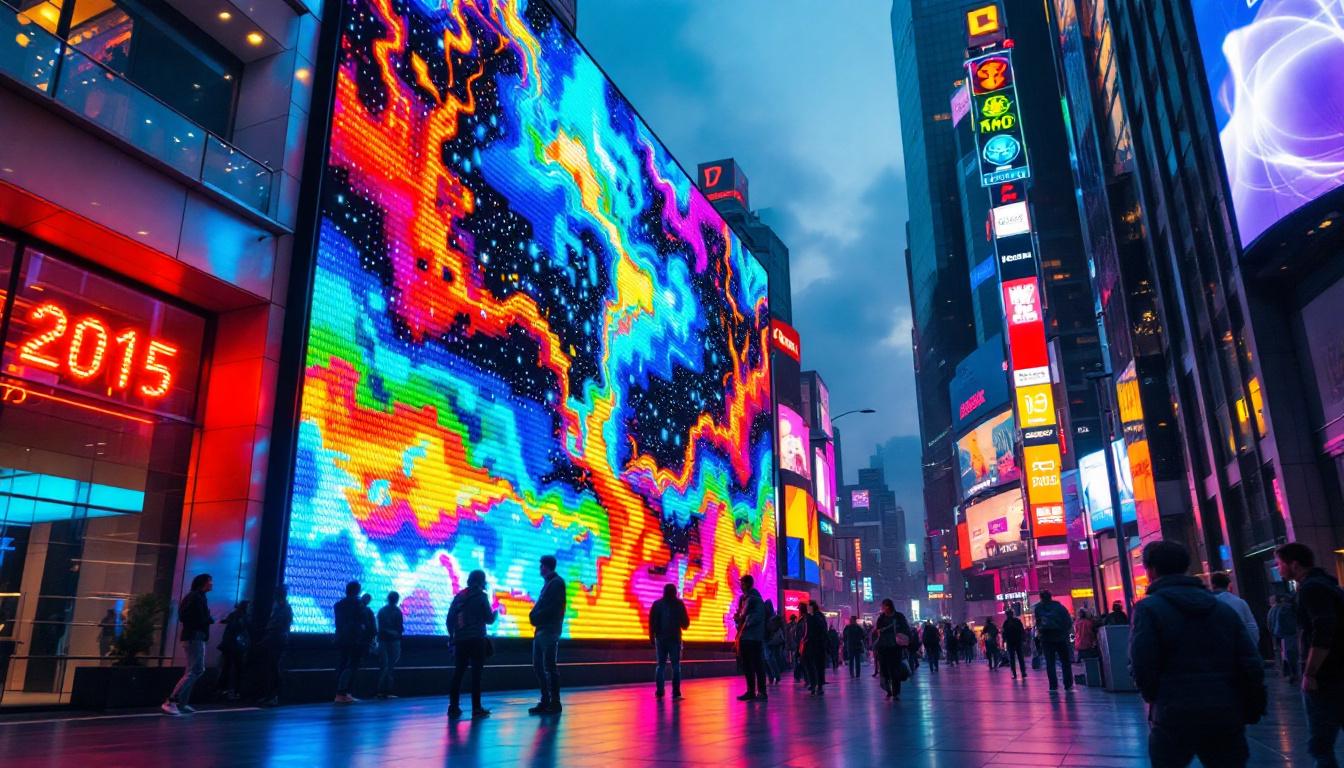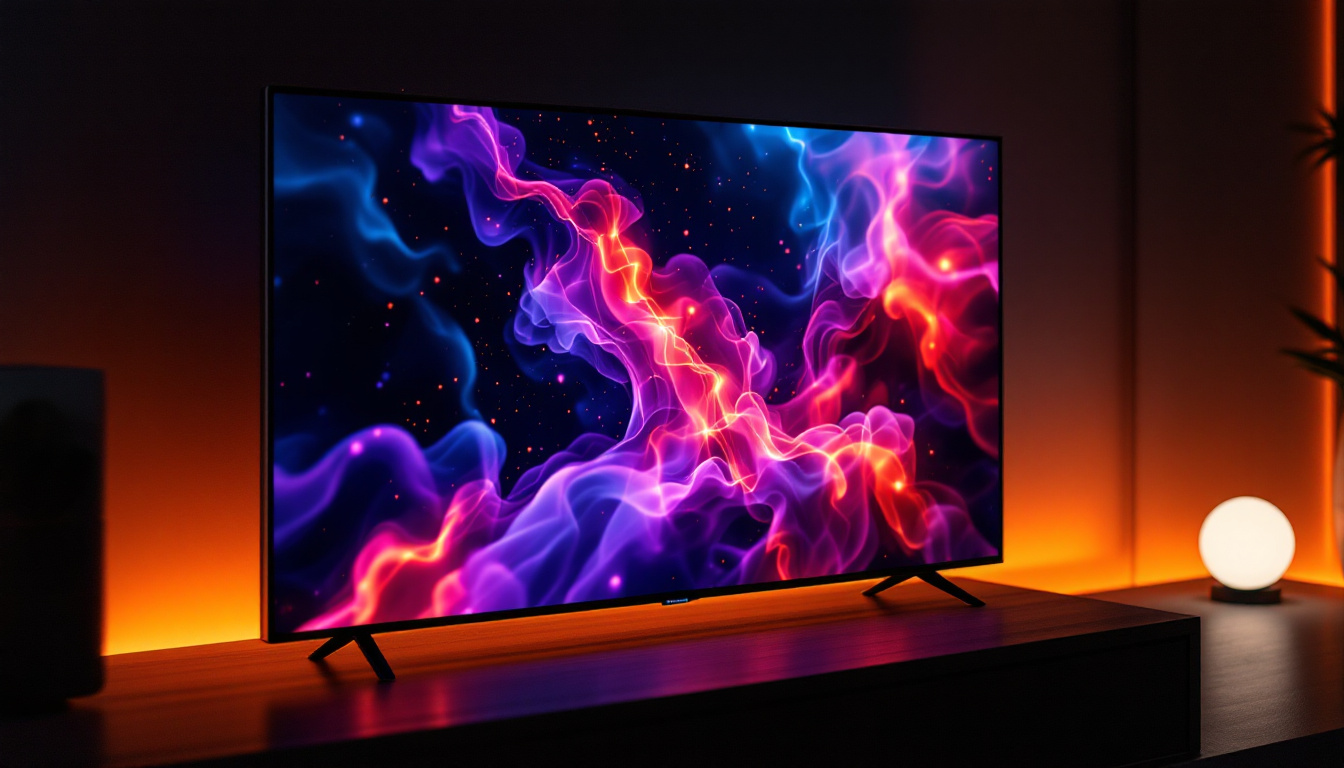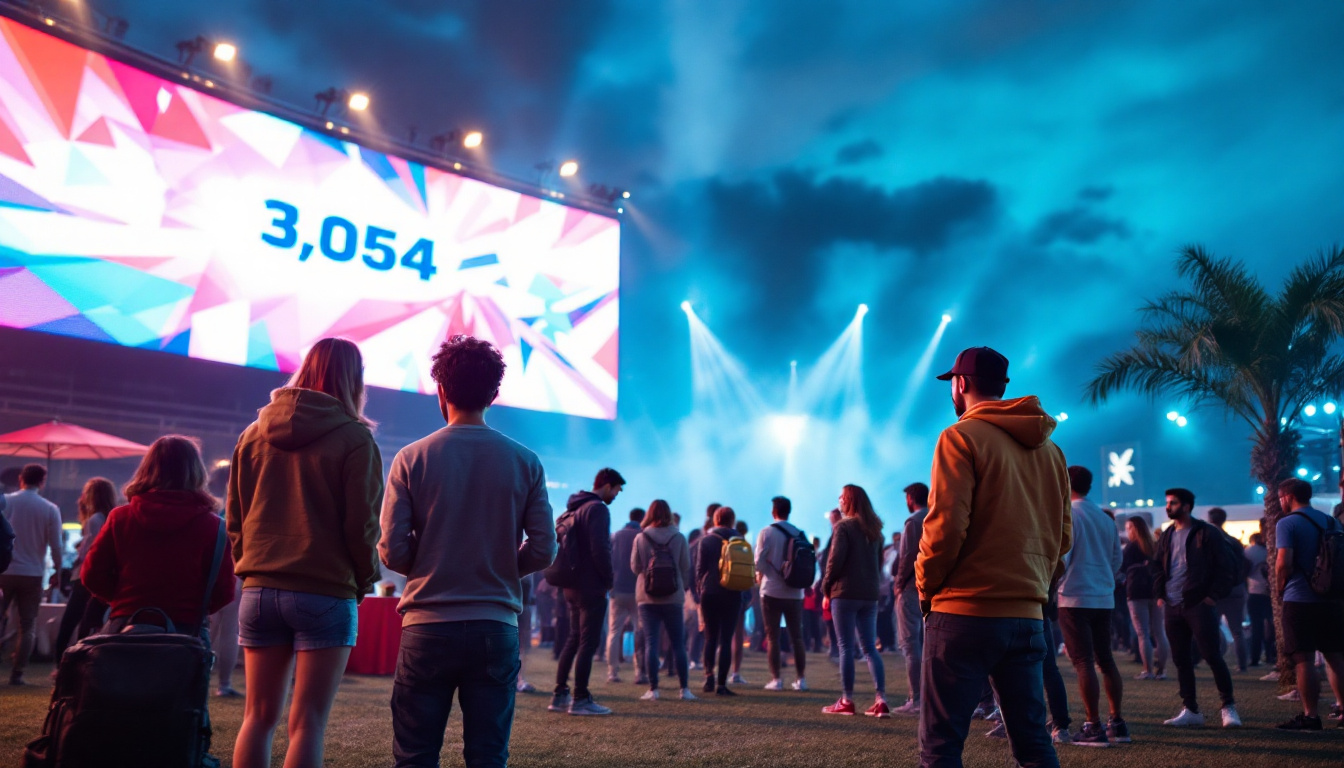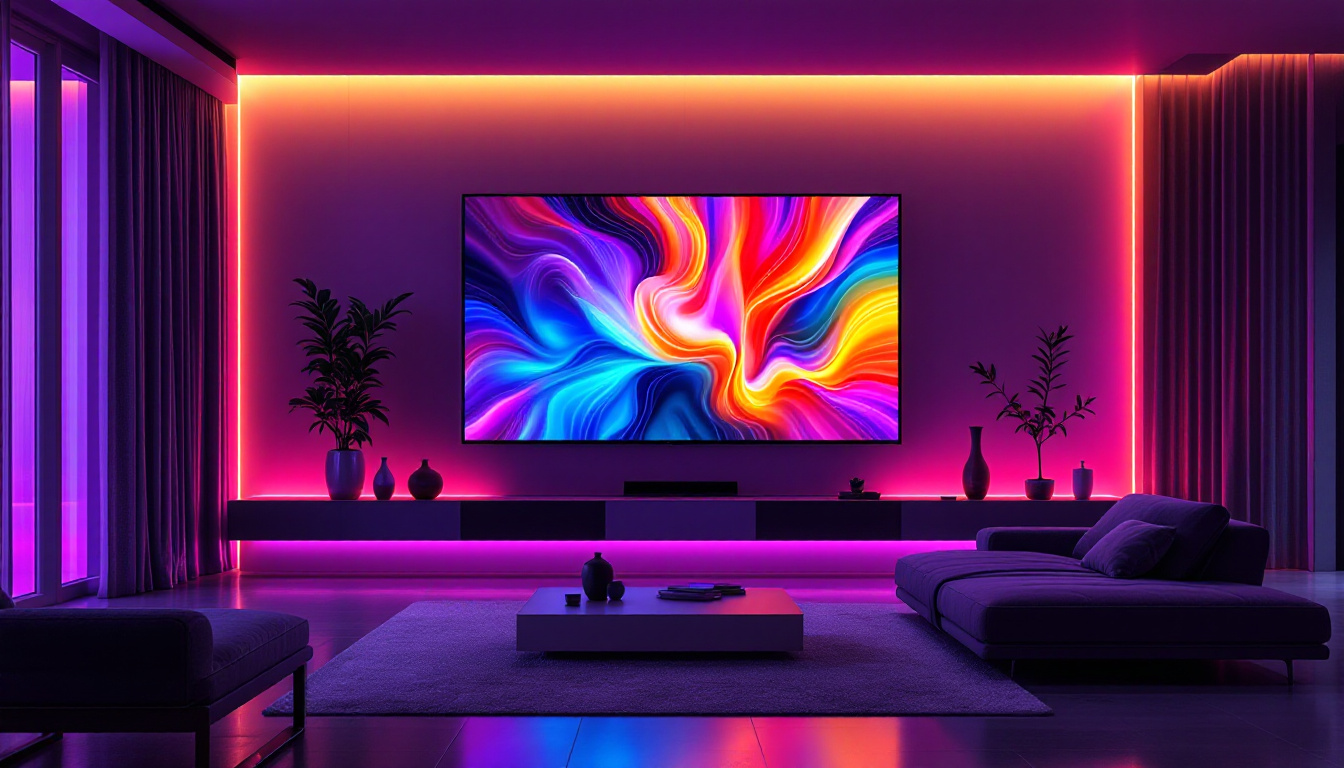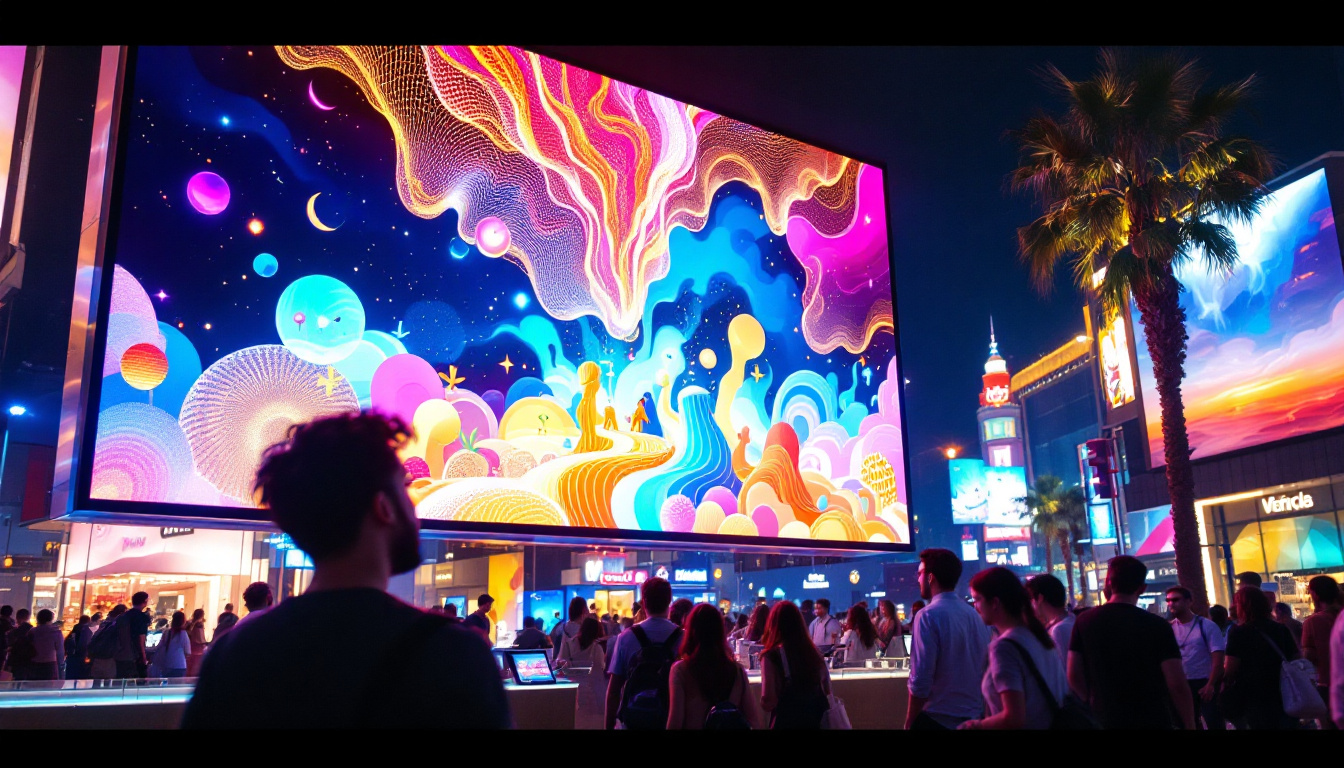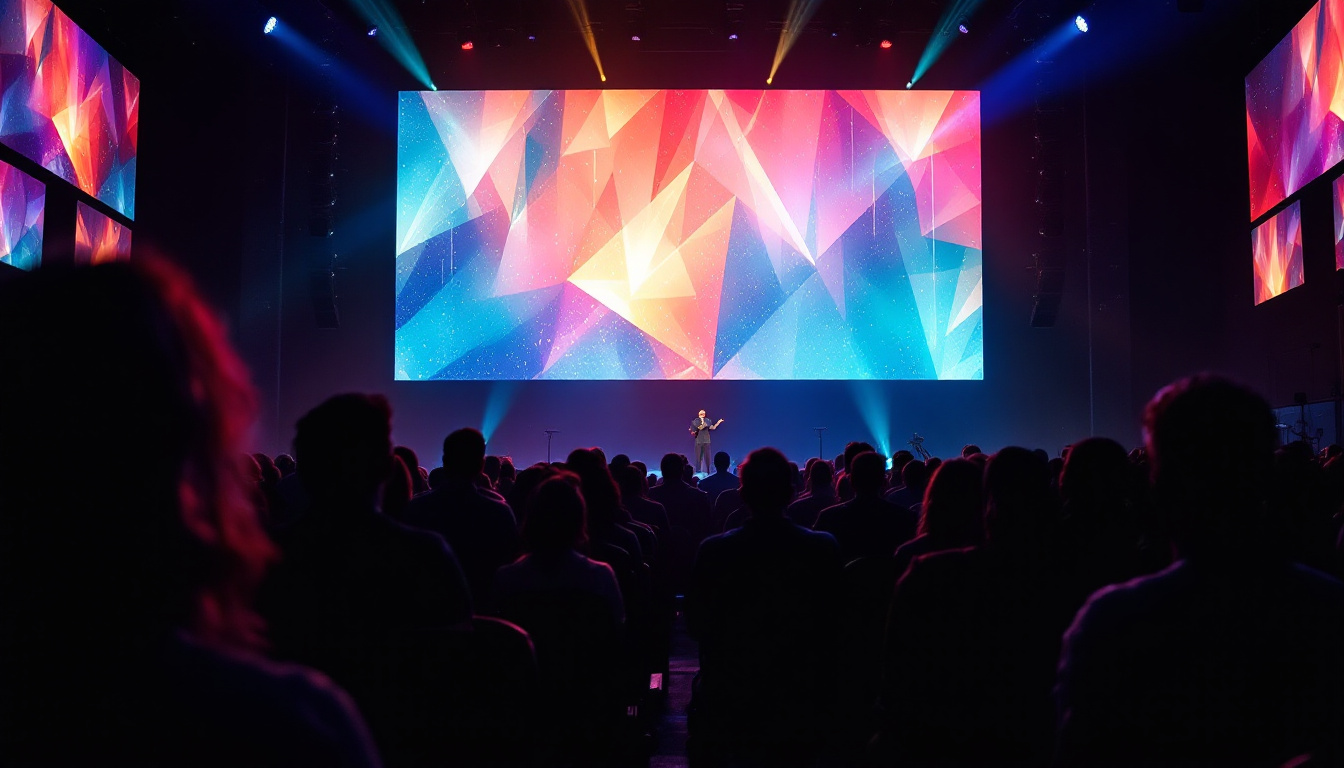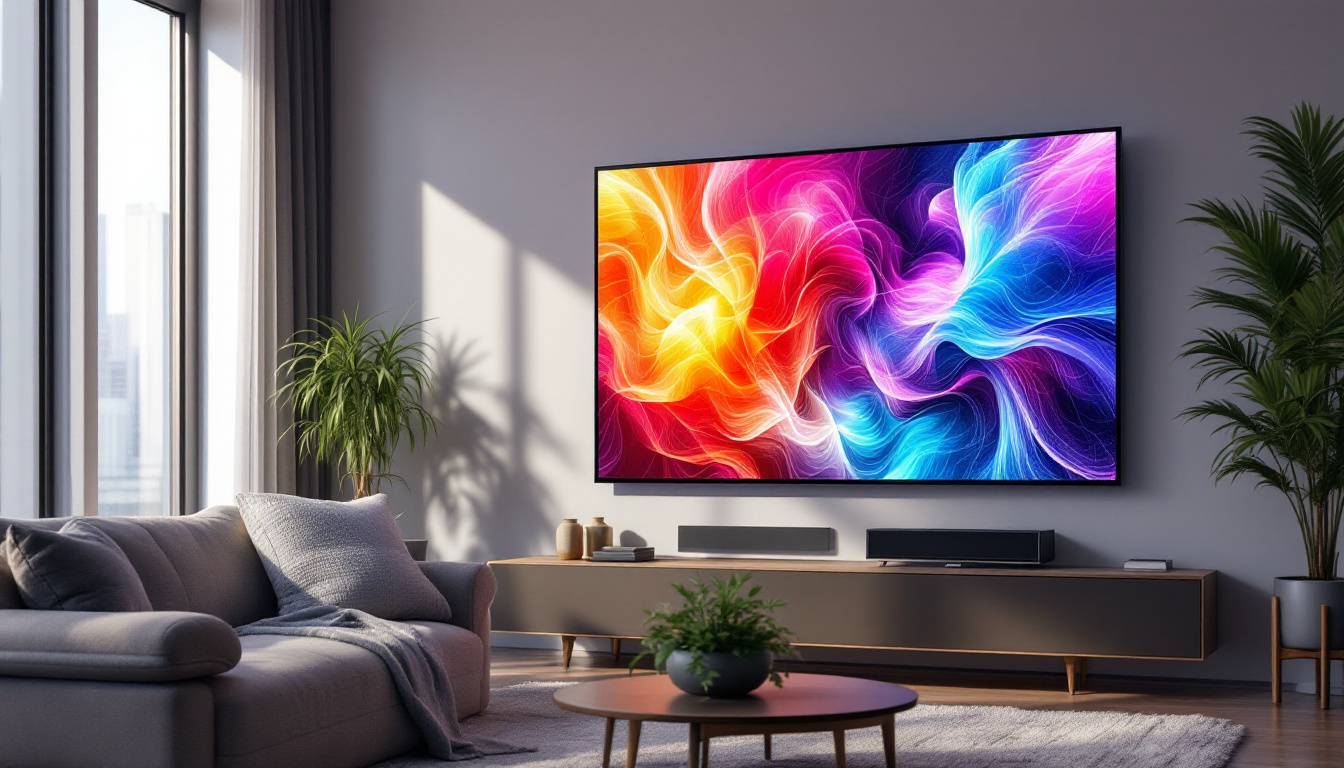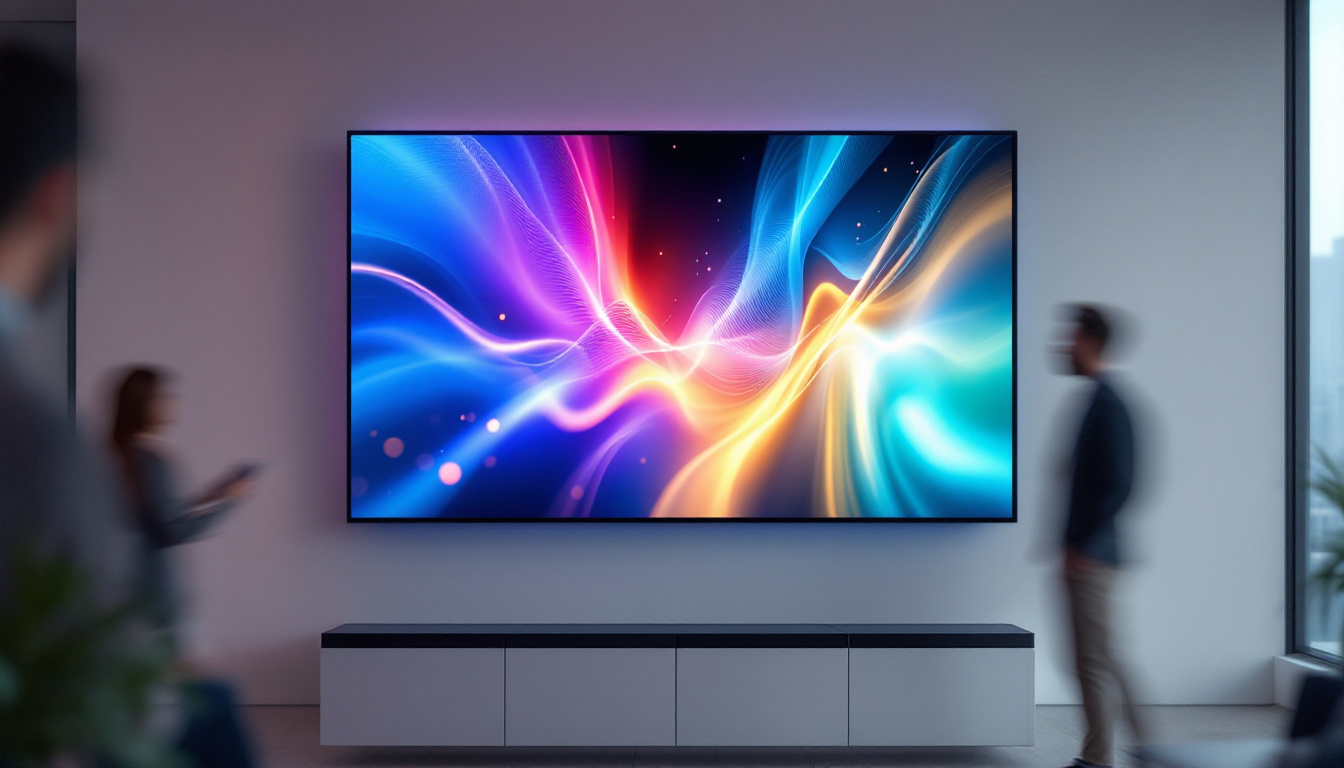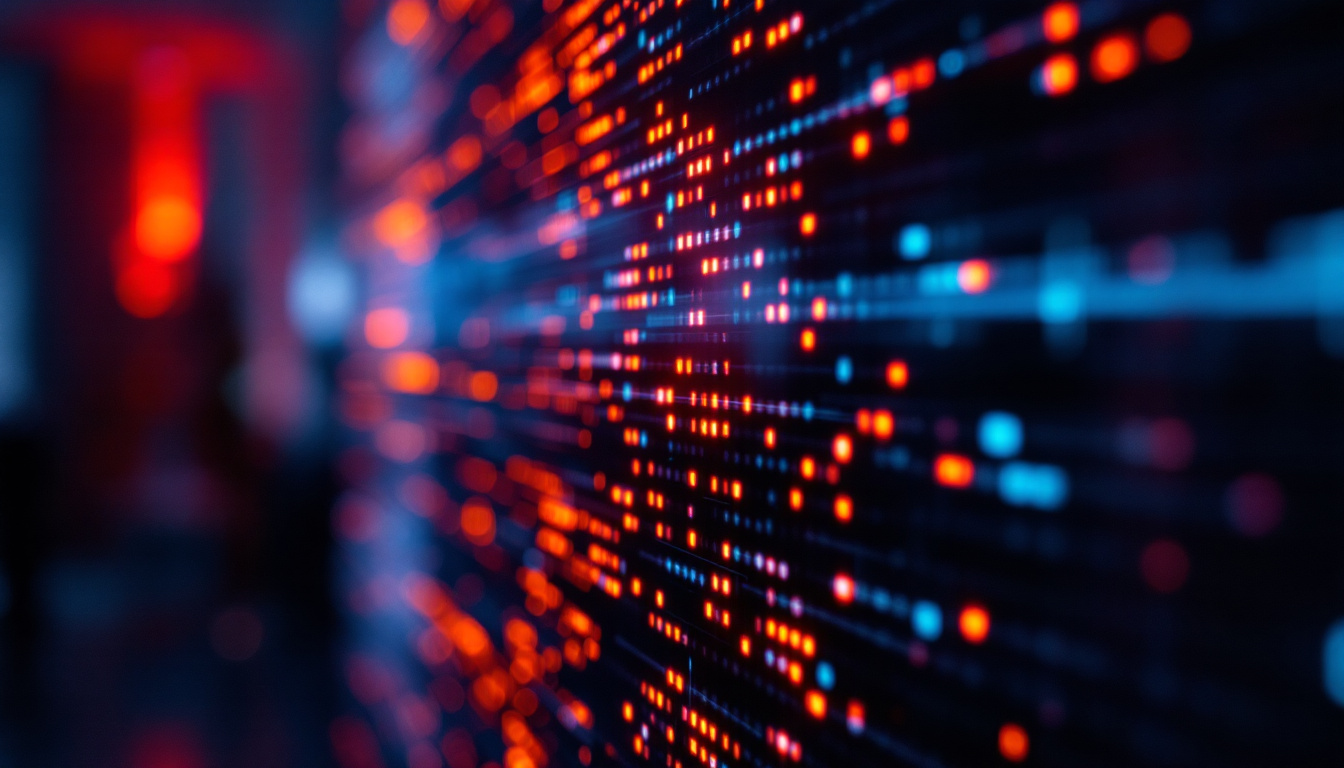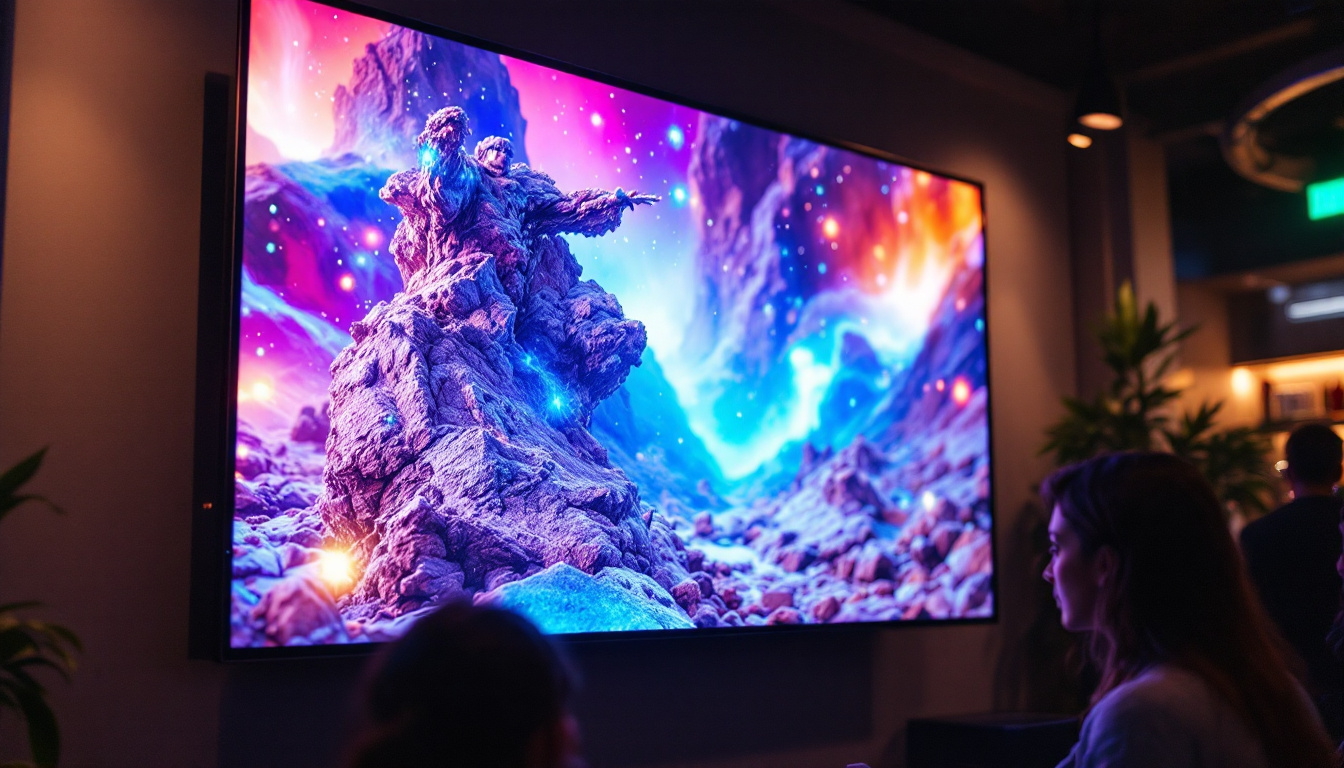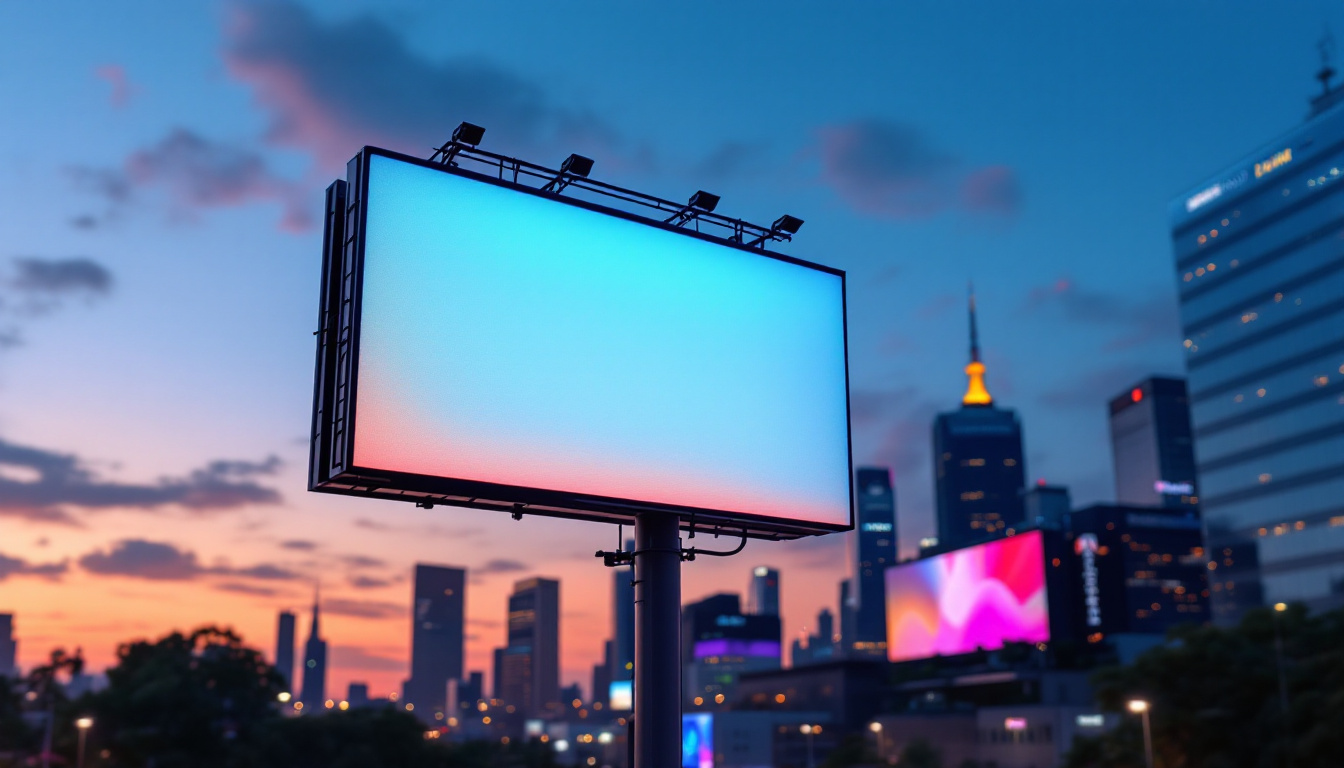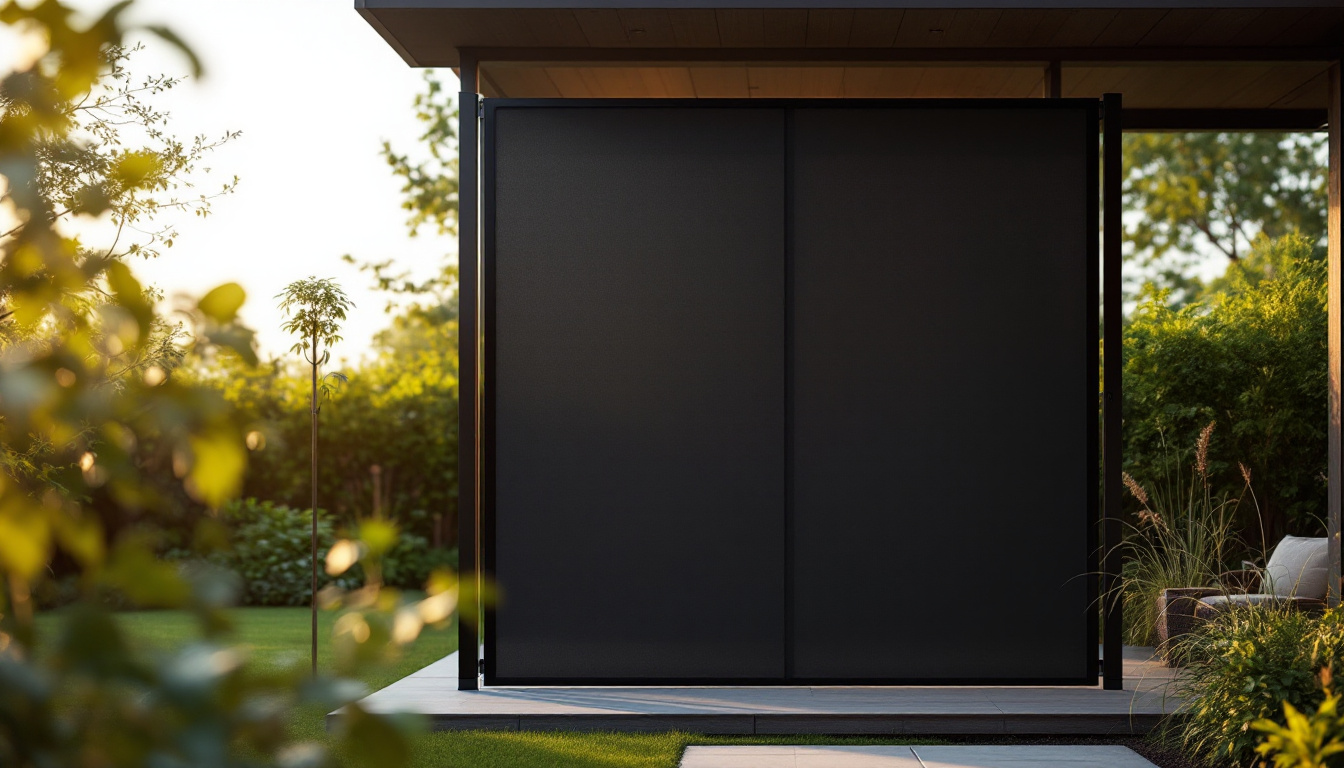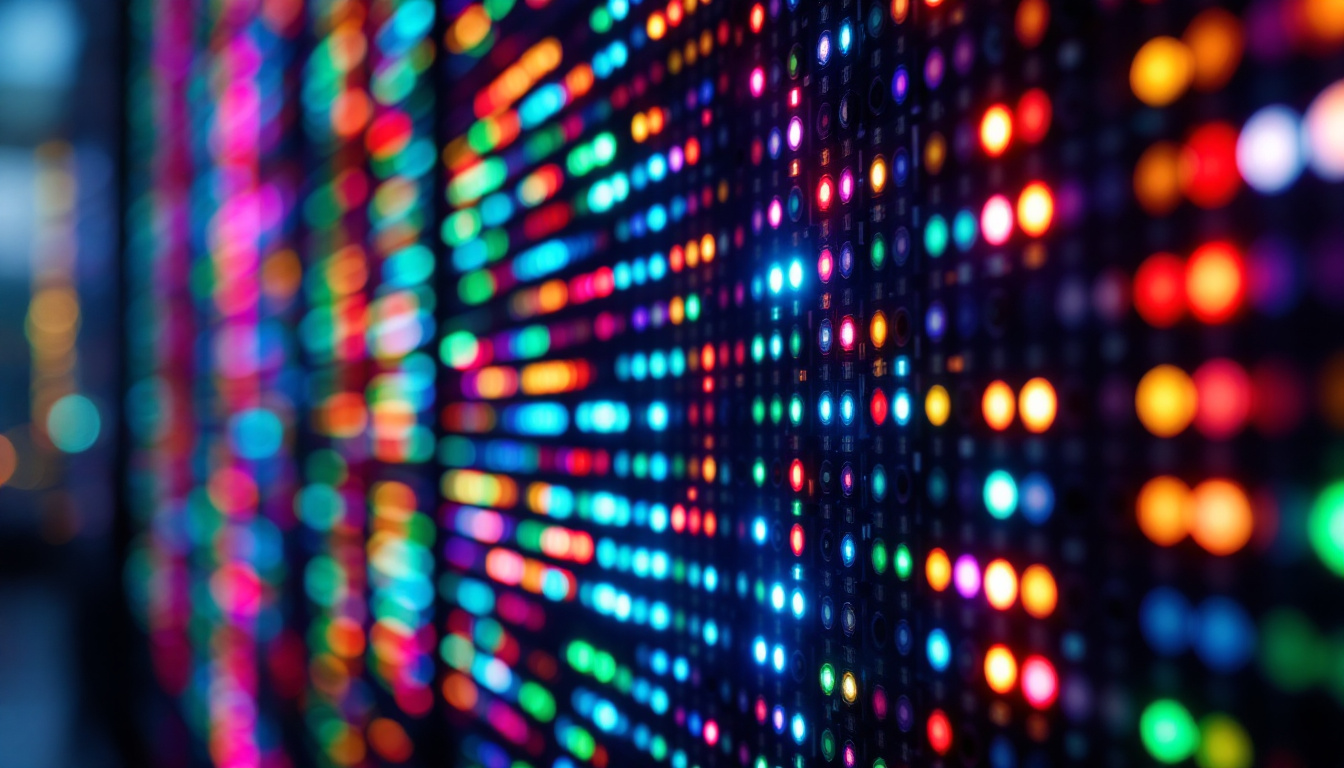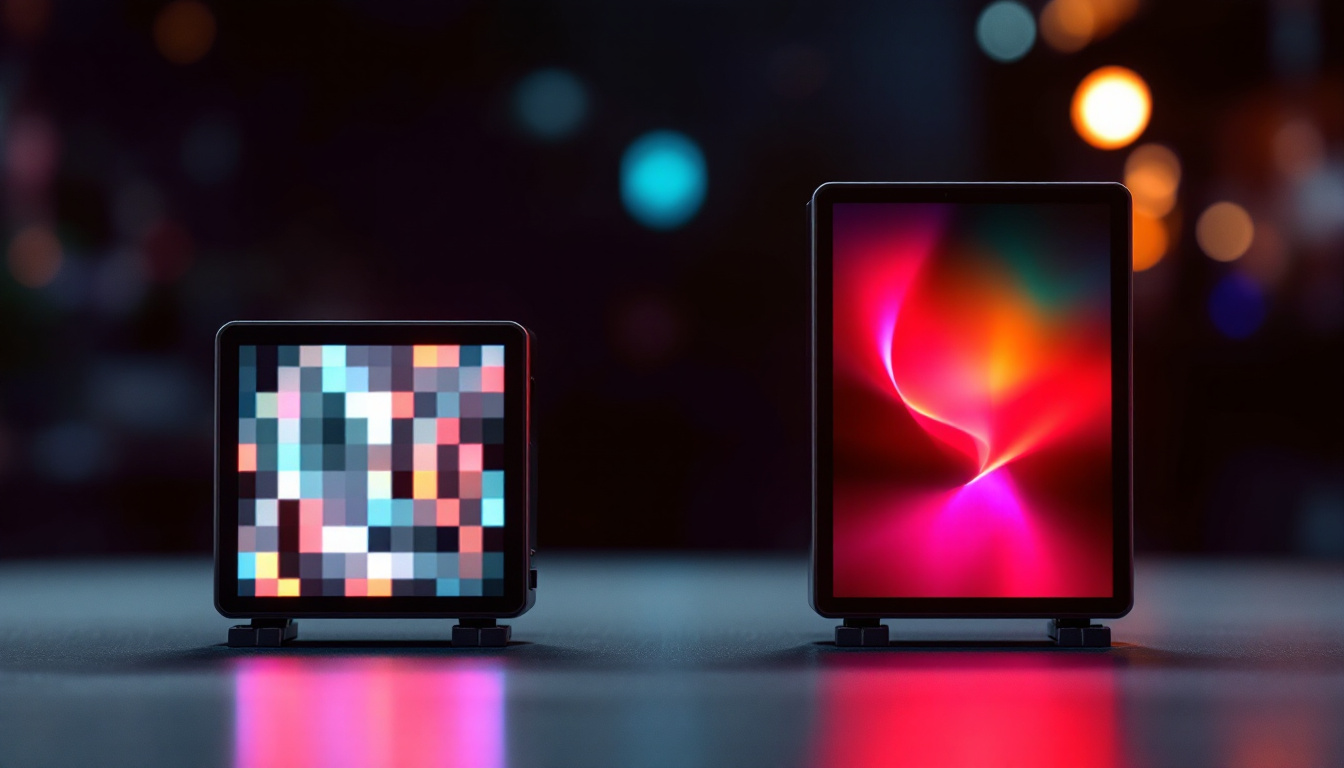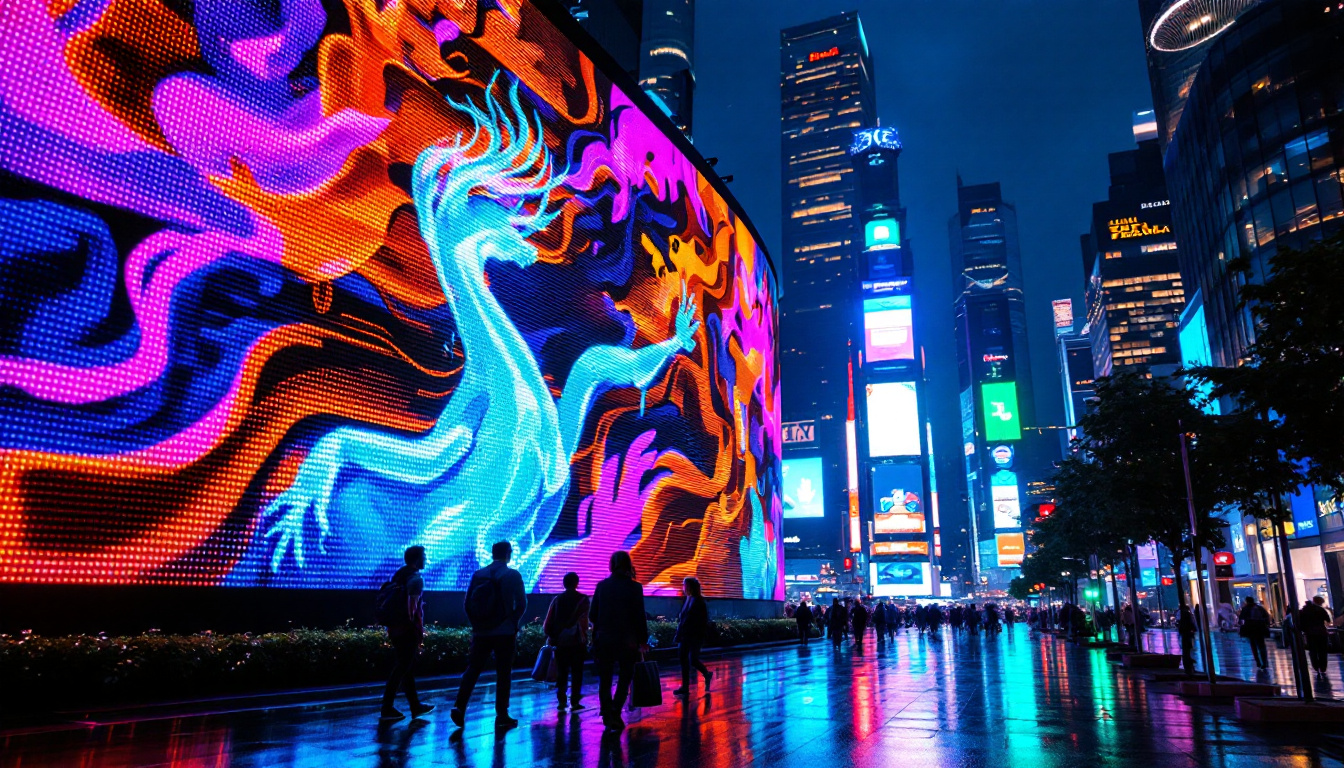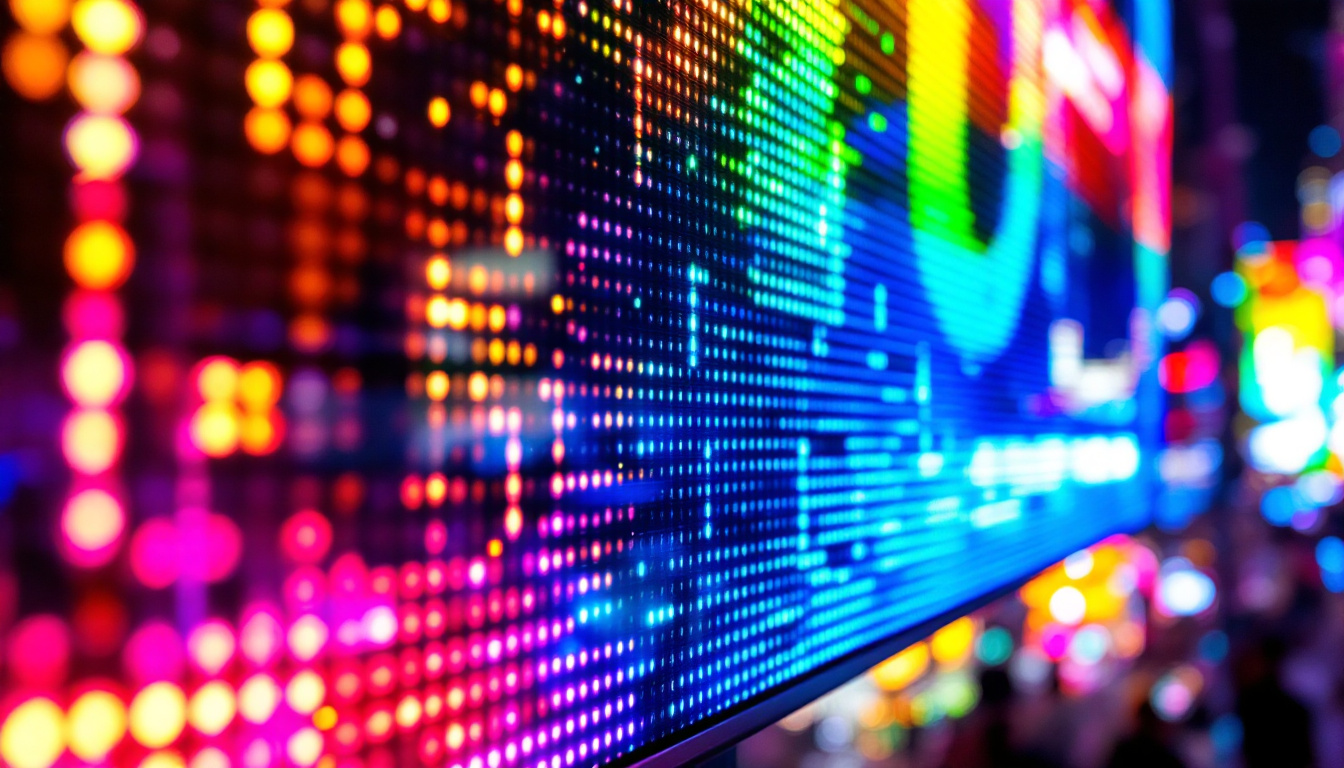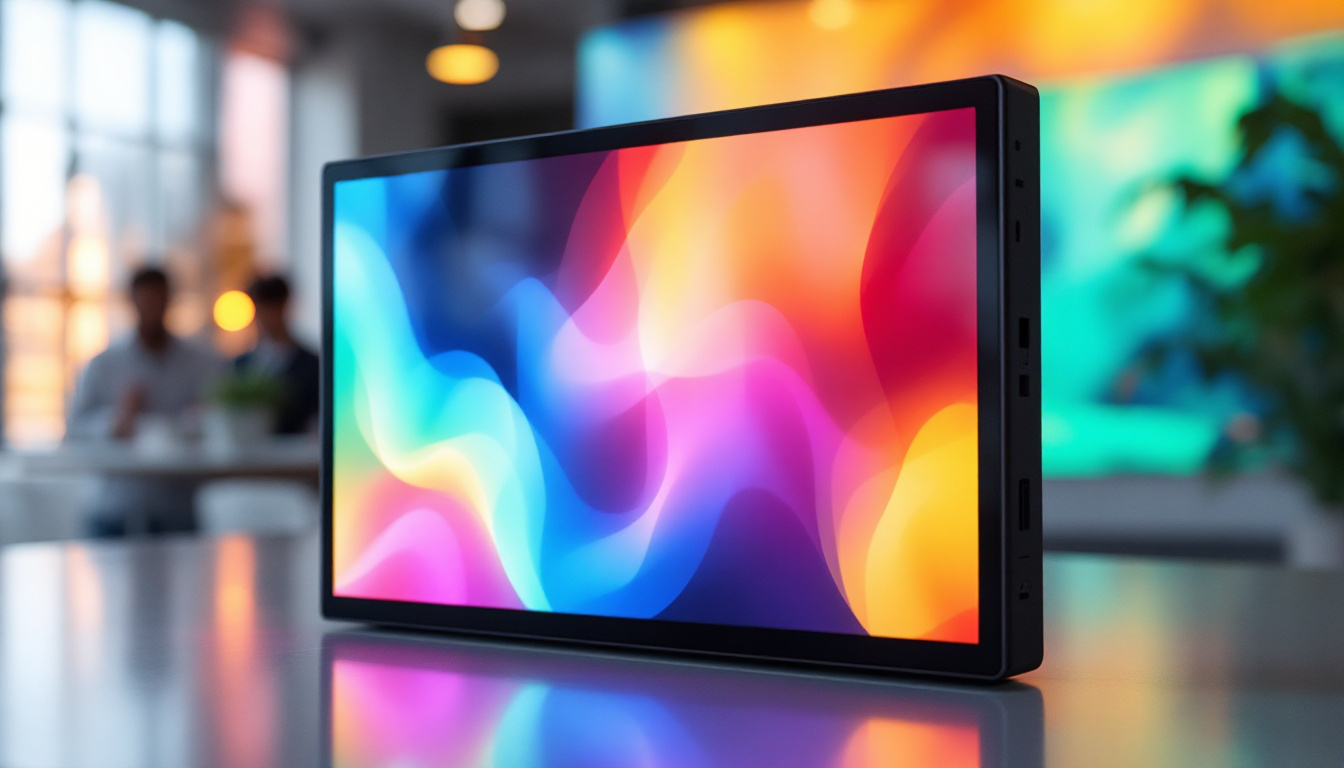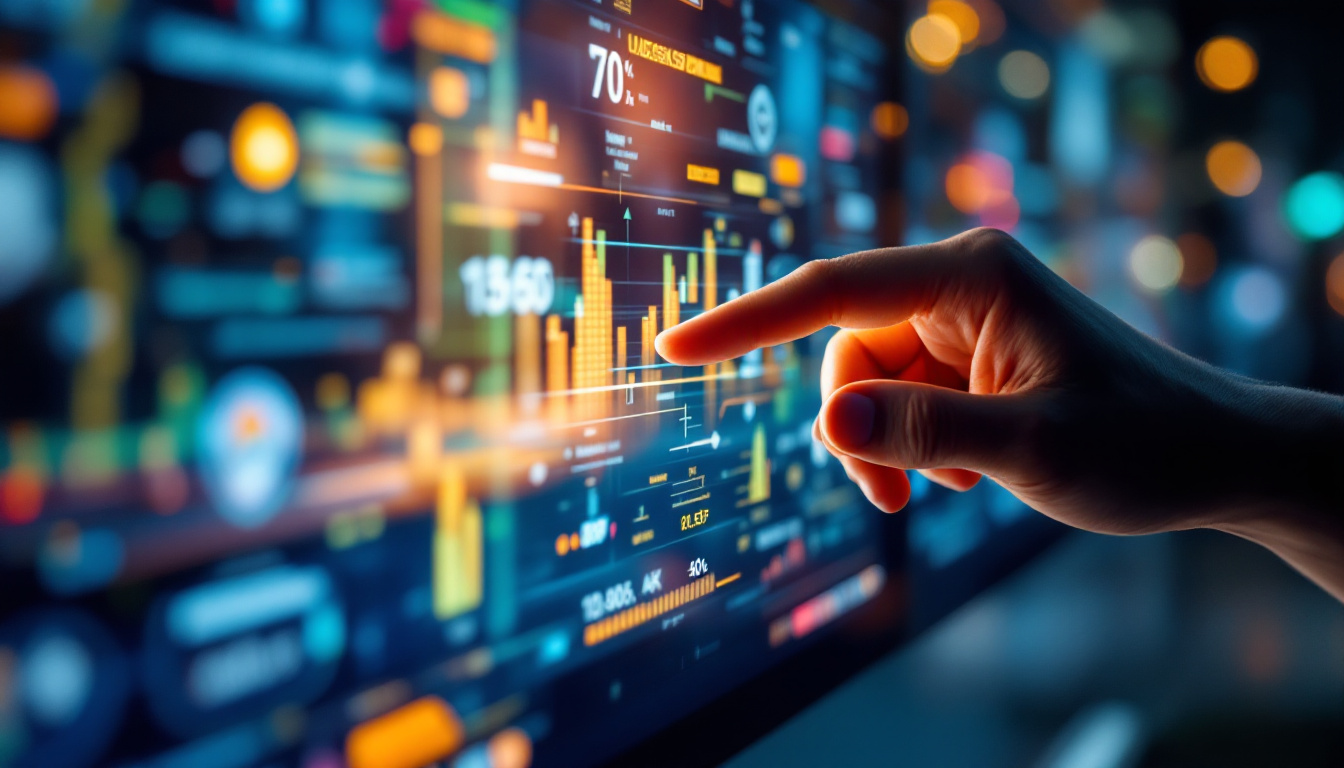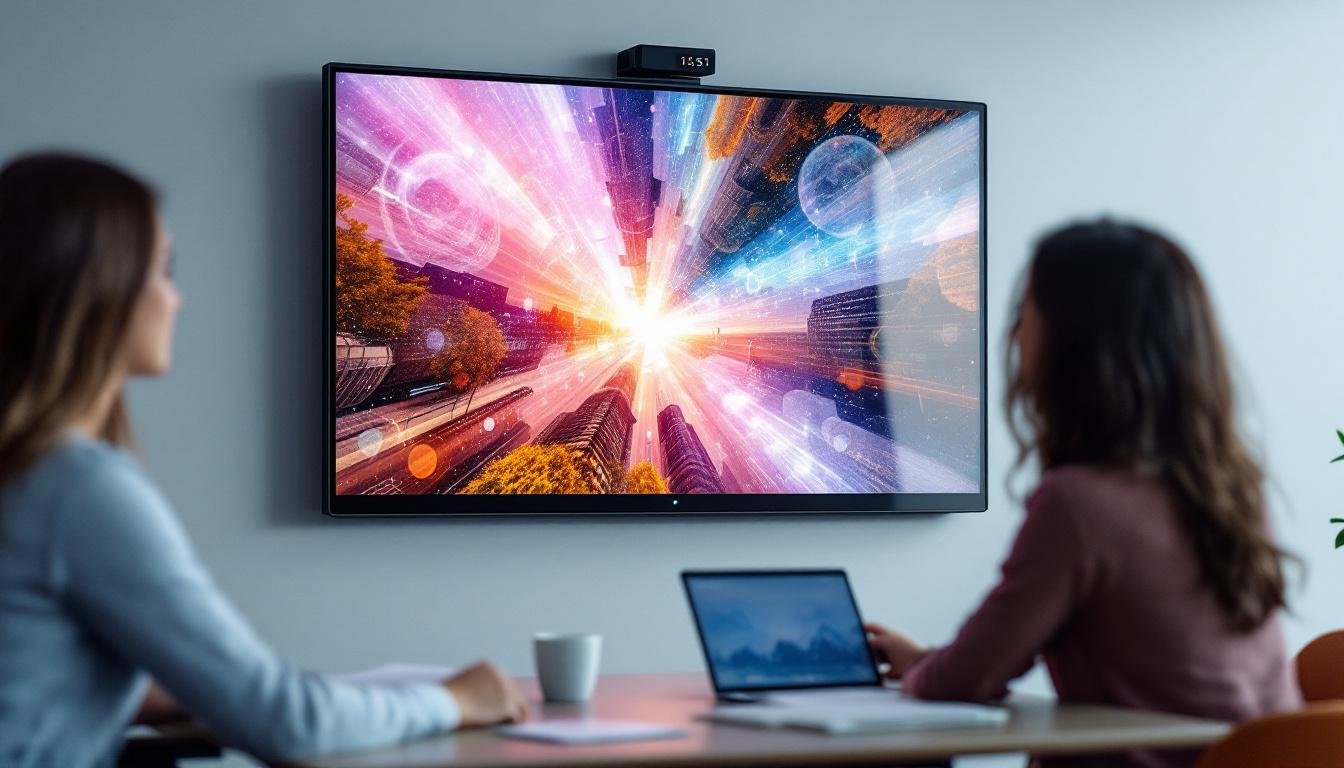In today’s fast-evolving digital landscape, LED displays have become a cornerstone technology across various industries, from advertising and entertainment to transportation and public safety. The term “Ln -E” might not be immediately familiar to everyone, but it represents a significant advancement in LED display technology, offering enhanced performance, energy efficiency, and visual clarity. This article delves deeply into what Ln -E LED displays are, how they work, and why they are transforming the way we interact with digital signage and visual communication.
Understanding LED Display Technology
Before exploring Ln -E LED displays specifically, it’s essential to understand the fundamentals of LED technology. LED stands for Light Emitting Diode, a semiconductor device that emits light when an electric current passes through it. LED displays are composed of thousands to millions of these tiny diodes arranged in a matrix to create images, videos, and text.
LED displays are favored for their brightness, energy efficiency, and long lifespan compared to traditional display technologies such as LCD or plasma screens. They are widely used in outdoor billboards, stadium screens, retail signage, and even indoor applications like conference rooms and control centers. The versatility of LED technology allows for various configurations, from large-scale outdoor displays to smaller, high-resolution indoor screens, making them suitable for a wide range of environments and applications.
Moreover, the rapid advancements in LED technology have led to innovations such as flexible LED displays and transparent screens, which open up new possibilities for creative advertising and immersive experiences. The ability to create curved or even wrap-around displays enhances the visual impact, allowing brands to engage their audiences in ways that were previously unimaginable.
Key Components of an LED Display
At the heart of any LED display are the individual diodes, which come in red, green, and blue (RGB) variants. By adjusting the intensity of each color diode, the display can produce a full spectrum of colors. These diodes are mounted on panels or modules, which are then assembled into larger screens.
Other critical components include the driver ICs (integrated circuits) that control the LEDs, power supplies, and the control system that manages the content displayed. Advances in these components have led to higher resolution, better color accuracy, and improved reliability. For instance, the introduction of pixel pitch technology has allowed manufacturers to create displays with smaller pixel sizes, resulting in sharper images and finer details that are particularly important for close-up viewing.
Additionally, the software that drives these displays has evolved significantly. Modern LED displays can be integrated with sophisticated content management systems that allow for real-time updates and dynamic content delivery. This capability is particularly beneficial for advertising, where timely and relevant information can be displayed to capture the attention of passersby. Furthermore, many LED displays now support interactive features, enabling users to engage with the content through touch or motion sensors, thereby enhancing the overall user experience.
What Does Ln -E Mean in LED Displays?
The term “Ln -E” refers to a specific type of LED display technology that emphasizes enhanced luminance (brightness) and energy efficiency. The “Ln” part stands for luminance, indicating the display’s ability to produce bright, vivid images even in challenging lighting conditions. The “-E” suffix highlights the energy-saving features integrated into the design.
Developed in response to growing demands for sustainable and high-performance digital signage, Ln -E LED displays combine cutting-edge semiconductor materials, optimized circuit designs, and intelligent power management systems.
Why Luminance and Energy Efficiency Matter
Brightness is a critical factor for LED displays, especially those used outdoors or in brightly lit environments. A display that is too dim will struggle to be seen clearly, reducing its effectiveness. Conversely, extremely bright displays can consume excessive power and generate heat, which can shorten the lifespan of components and increase operational costs.
Ln -E technology strikes a balance by delivering high luminance levels—often exceeding 6,000 nits—while minimizing energy consumption. This is achieved through innovations such as improved LED chip efficiency, advanced heat dissipation techniques, and adaptive brightness controls that adjust output based on ambient light.
Technical Innovations Behind Ln -E LED Displays
Several technological breakthroughs underpin the performance of Ln -E LED displays. These innovations not only enhance visual quality but also contribute to sustainability and operational cost savings.
Advanced Semiconductor Materials
Traditional LED displays rely on gallium arsenide (GaAs) or gallium nitride (GaN) semiconductors. Ln -E displays often incorporate next-generation materials like indium gallium nitride (InGaN), which offer higher luminous efficacy and better color stability over time. This means the displays maintain brightness and color fidelity longer, even under continuous use.
Optimized Pixel Architecture
Ln -E displays utilize refined pixel structures that reduce light leakage and improve contrast ratios. By precisely controlling the spacing and arrangement of RGB diodes, these displays achieve sharper images with more vibrant colors. This is particularly important for applications requiring detailed visuals, such as digital art installations or high-definition advertising.
Intelligent Power Management
One of the standout features of Ln -E technology is its smart power management system. Sensors embedded in the display monitor ambient light and content brightness, dynamically adjusting power usage to maintain optimal luminance without wasting energy. This adaptive approach can reduce power consumption by up to 30% compared to conventional LED displays.
Enhanced Thermal Management
Heat is a major enemy of LED longevity and performance. Ln -E displays incorporate advanced heat dissipation mechanisms, including heat sinks, thermal interface materials, and airflow designs. Efficient thermal management ensures stable operation even in extreme temperatures, extending the display’s operational life and reducing maintenance needs.
Applications and Benefits of Ln -E LED Displays
Ln -E LED displays are rapidly gaining traction across diverse sectors due to their superior performance and sustainability credentials. Their unique combination of brightness, energy efficiency, and durability makes them ideal for a wide range of uses.
Outdoor Advertising and Digital Billboards
Outdoor digital billboards demand high brightness to compete with sunlight and weather conditions. Ln -E displays provide the necessary luminance to ensure messages are visible from long distances and in direct sunlight. Additionally, their energy-efficient design helps advertisers reduce electricity costs, which can be substantial given the size and operating hours of these installations.
Transportation and Public Information Displays
Transportation hubs such as airports, train stations, and bus terminals rely on LED displays to provide real-time information. The clarity and reliability of Ln -E displays improve passenger experience by delivering crisp, easy-to-read content regardless of ambient lighting. Their energy efficiency also supports sustainability goals in public infrastructure.
Retail and Indoor Environments
Retailers use LED displays to attract customers and enhance brand engagement. Ln -E displays’ ability to deliver vivid colors and sharp images in indoor lighting conditions makes them perfect for dynamic product promotions and interactive signage. Moreover, their reduced power consumption aligns with corporate social responsibility initiatives.
Sports and Entertainment Venues
Large-scale LED screens in stadiums and concert venues must provide immersive viewing experiences while withstanding intense usage. Ln -E technology ensures high brightness for visibility under stadium lights and direct sunlight, while efficient cooling systems prevent overheating during extended events.
Environmental Impact and Sustainability
As environmental concerns become increasingly important, the sustainability of display technologies is under scrutiny. Ln -E LED displays address these concerns by significantly lowering energy consumption and reducing carbon footprints compared to traditional LED systems.
Energy savings translate directly into reduced greenhouse gas emissions, particularly when displays operate 24/7. Furthermore, the longer lifespan of Ln -E components means fewer replacements and less electronic waste. Manufacturers also focus on using recyclable materials and minimizing hazardous substances in production.
Comparative Energy Consumption
Studies indicate that Ln -E LED displays can consume between 20% to 40% less energy than conventional LED displays of similar size and brightness. This efficiency gain is critical for large-scale deployments, where cumulative energy savings can be substantial over time.
Regulatory Compliance and Future Trends
Many regions are implementing stricter energy efficiency standards for electronic devices, including digital signage. Ln -E displays are well-positioned to meet or exceed these regulations, making them a future-proof choice for businesses and municipalities.
Looking ahead, integration with IoT (Internet of Things) systems and AI-driven content management will further enhance the adaptability and efficiency of Ln -E displays, enabling smarter, more responsive digital environments.
Choosing the Right Ln -E LED Display
When selecting an Ln -E LED display, several factors should be considered to ensure optimal performance and return on investment.
Resolution and Pixel Pitch
The pixel pitch—the distance between individual LEDs—determines the display’s resolution and viewing distance. Smaller pixel pitches provide higher resolution and are suitable for close-up viewing, while larger pitches are ideal for distant viewing scenarios like billboards.
Brightness Requirements
Assess the typical ambient lighting conditions where the display will be installed. Ln -E displays offer a range of luminance options, so choosing one that matches the environment ensures visibility without unnecessary energy use.
Durability and Weather Resistance
For outdoor installations, ensure the display has appropriate IP (Ingress Protection) ratings to withstand rain, dust, and temperature extremes. Ln -E displays often come with enhanced protective coatings and ruggedized enclosures.
Content Management and Connectivity
Modern Ln -E displays support various content management systems and connectivity options, including wireless controls and cloud-based platforms. These features enable easy updates and remote monitoring, reducing operational complexity.
Conclusion
Ln -E LED displays represent a significant leap forward in digital display technology, combining exceptional brightness with energy-efficient operation. Their advanced materials, intelligent design, and robust construction make them ideal for a broad spectrum of applications, from outdoor advertising to indoor retail environments.
As businesses and public entities increasingly prioritize sustainability and cost-effectiveness, Ln -E technology offers a compelling solution that does not compromise on visual impact or reliability. Understanding the technical innovations and practical benefits of Ln -E displays can help decision-makers select the best digital signage solutions for their needs, ensuring vibrant, efficient, and future-ready visual communication.
Discover LumenMatrix’s Advanced LED Solutions
Ready to elevate your visual communication with the latest in LED technology? Explore LumenMatrix’s comprehensive range of LED display modules, designed to bring your brand to life with unparalleled brightness and energy efficiency. From captivating Indoor LED Walls to dynamic Outdoor Displays and beyond, LumenMatrix is at the forefront of creating immersive experiences that engage and inspire. Check out LumenMatrix LED Display Solutions today and see how our commitment to innovation can transform your messaging into a visual masterpiece.

